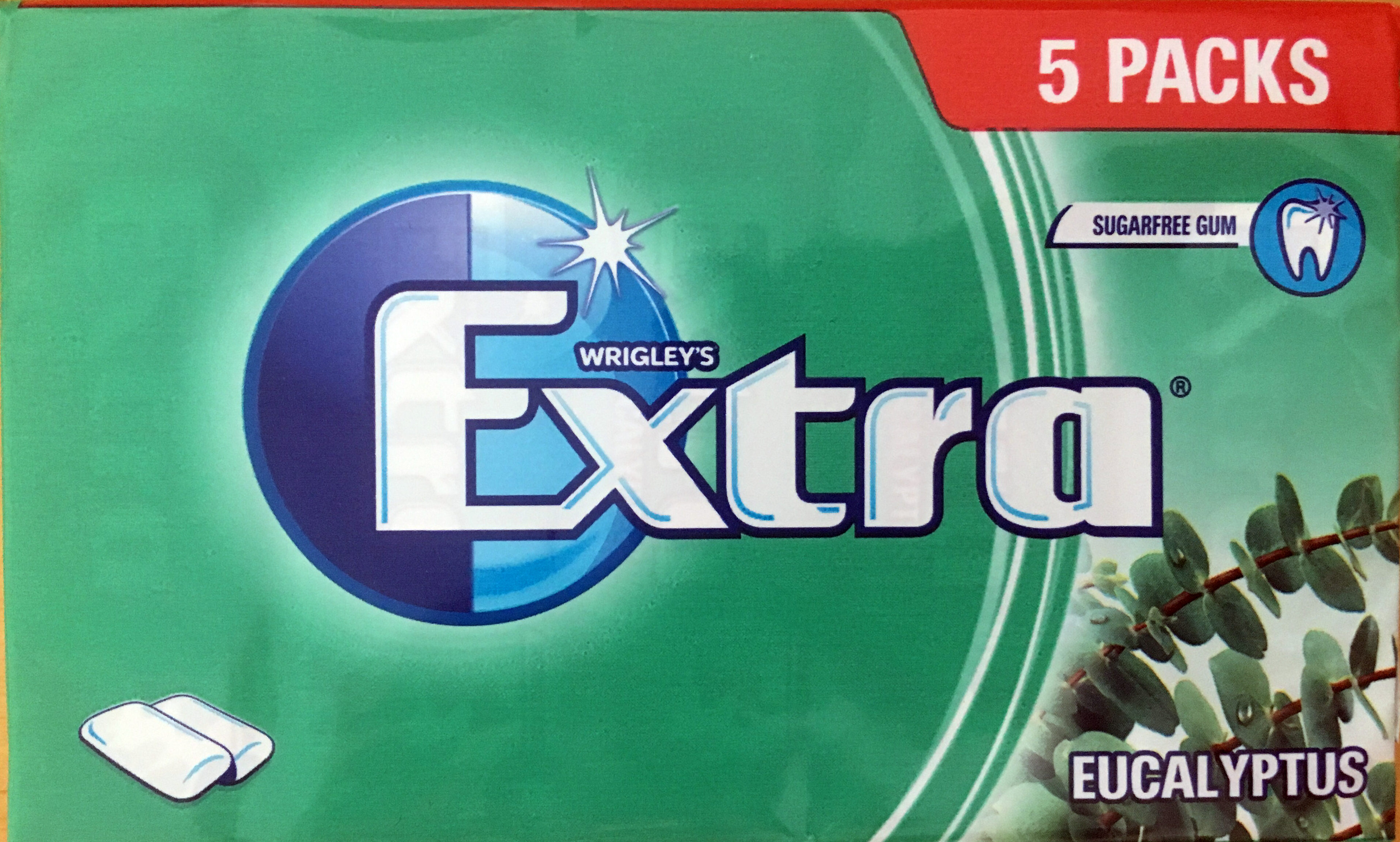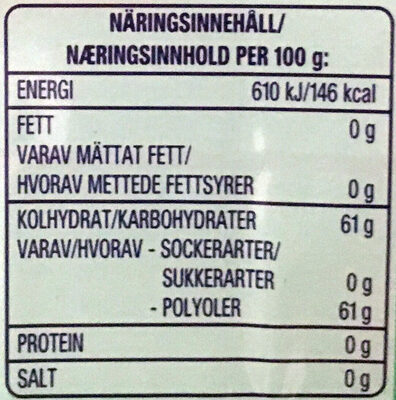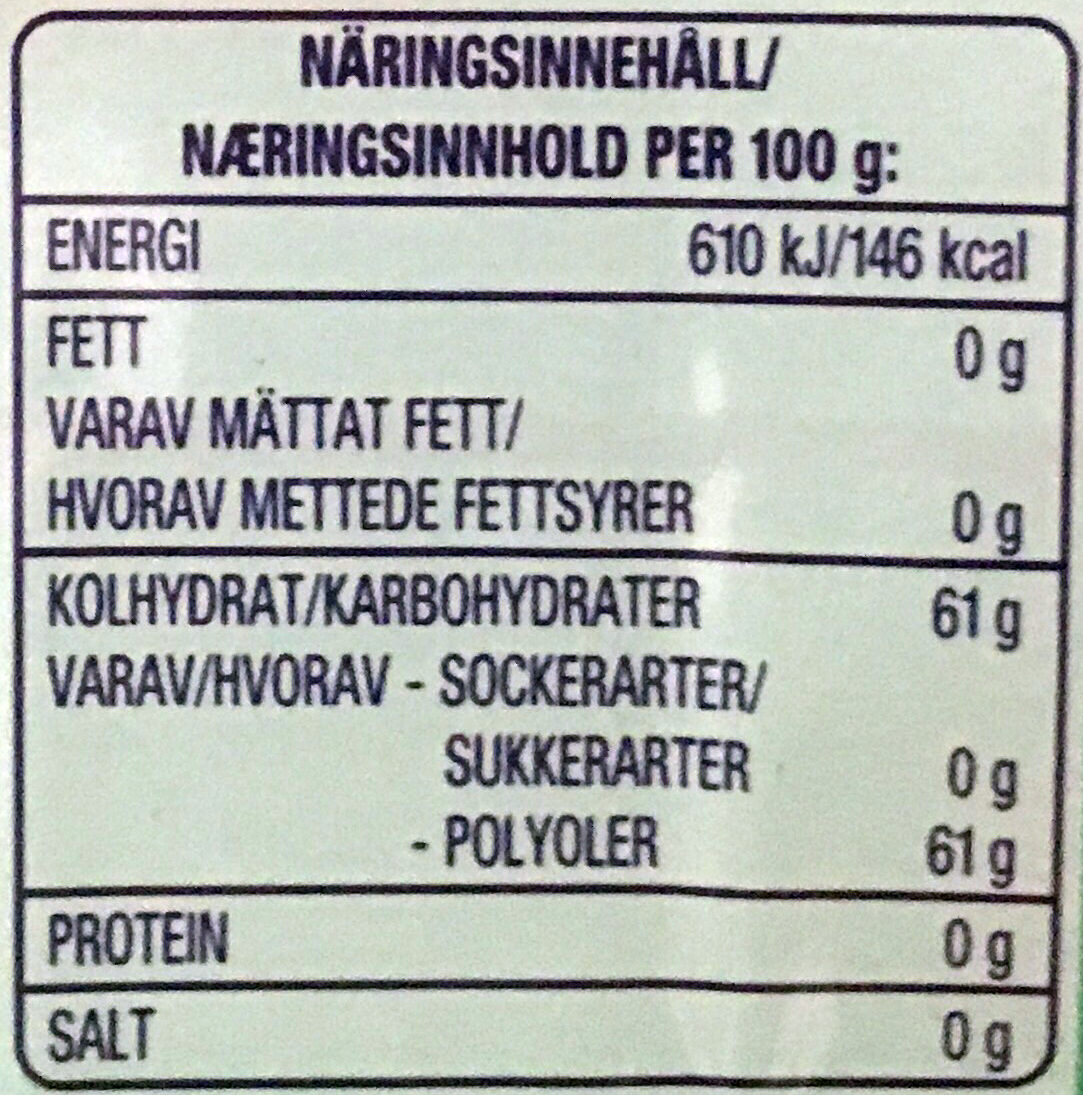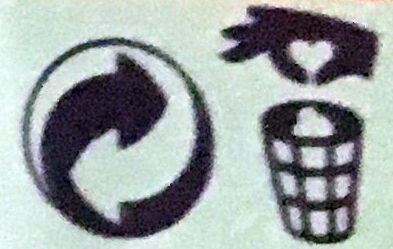Eucalyptus Tyggis - Extra - 70g
Denne produktsiden er ikke fullstendig. Du kan hjelpe med å ferdigstille den ved å redigere den og legge til mere data fra bildene vi har, eller ved å ta flere bilder i appen for Android eller iPhone/iPad. Takk!
×
Strekkode: 4009900456807 (EAN / EAN-13)
Mengde: 70g
Kategorier: en:Snacks, en:Sweet snacks, en:Confectioneries, en:Chewing gum, en:Sugar-free chewing gum
Land hvor produktet selges: Norge











